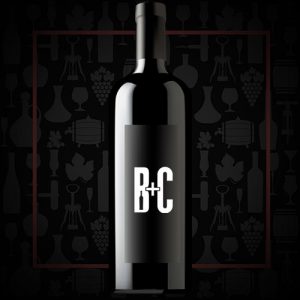Cellar Profile
Antonio Lopes Ribiero and Sara Dionisio left their steady jobs in the art world in Lisbon and moved back to Mouraz, Antonio’s birthplace where his family has had vineyards for many generations. The land had been farmed organically before, and that’s how Sara and Antonio wished to continue. Making wine in their tiny winery, adjacent to the local village church and just a stone’s throw away from the house Antonio was born in, they have deep generational ties to their village, Mouraz, and its terroir. In the cellar, there is a marriage of old and traditional, with modern approaches. Gentle pressings, natural yeast starters, long lees contact in the wine and minimal handling are the time-honored practices. Stainless steel tanks with temperature control and pneumatic presses represent the modern improvements. The results are clear: fresh and pleasurable wines with pure expressions of the older grape vines from which they were sourced and distinct transparency to the terroir they have grown up on.
Region
Perhaps surprisingly, only 5% of the Dão is under vine. Often planted in forest clearings and surrounded by mountains on three sides, the high elevations and relatively low temperatures here create a slower ripening process, resulting in wines of great acidic character. The region takes its name from the river, along which most of the vineyards are planted.
Vineyard
Manually harvested from a 60-year-old vineyard planted with both red and white grapes, predominantly Portuguese varieties. Vineyards are 100-400 meters above sea level.
Varieties
A field blend of over 20 grapes, 50% white and 50% red, almost all of which are autochthonous to Portugal’s Dão region. Throughout the Old World, you’ll find vineyards planted with a scattershot of grape varieties, often with no record outlining what is where. Modern vineyards are almost always planted strategically in variety plots based on a number of factors. Grapes from field blends are usually picked together and co-fermented, a further point of difference from today’s practice of separate pick dates and fermentations.
Winemaking
Winemaking was done traditionally with red and white grapes combined. A gentle foot crush, with the addition of dried chestnut blossoms, was followed by natural fermentation, with no added yeast, that lasted two weeks. The wine was then pressed and aged in stainless steel for five months. No filtration, no fining.
Tasting Notes
A youthful and energetic natural wine made in an ultra-traditional way. It shows an abundance of very pretty, bright berry notes alongside an intriguing and complex array of citrus fruits. The palate is soft and mid-weight, with zippy acids and mild tannins. Thought provoking and delicious.

 info@buyersandcellars.ca
www.buyersandcellars.ca
info@buyersandcellars.ca
www.buyersandcellars.ca